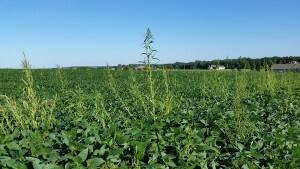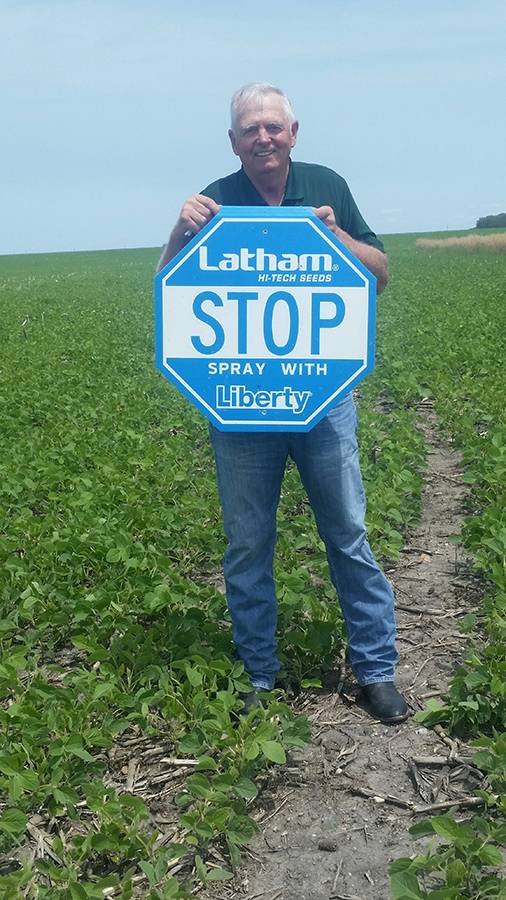Note Disease Ratings when Purchasing Seed
These crisp, cool mornings remind us that fall harvest is just around the corner. While farmers are making plans to harvest #Crop15, they’re also planning for next year’s crop. That’s why today we’re sharing tips on selecting corn hybrids and soybean varieties that best fit your fields, your farming practices and your local growing challenges.
Did you know that many of the corn and soybean diseases – as well as the weed pressure – that we’re seeing now in the fields can actually be combatted in 2016 with seed selection and seed treatment?
Waterhemp is a growing problem, literally. As you drive through the Upper Midwest now, you can see waterhemp standing tall in many fields. The best way to battle weeds is to use herbicides from different groups. Demand for our LibertyLink products is expected to increase dramatically for 2016, so get your orders placed before harvest for the best availability and the best prices of the season.
In addition to weeds, we’ve seen late-season outbreaks of White Mold and Sudden Death Syndrome. Earlier this season, Iron Deficiency Chlorosis was prevalent in North Iowa and southern Minnesota. If your fields looked yellow this spring or early summer, than you need IRONCLADTM Soybeans from Latham Hi-Tech Seeds.
Many corn leaf diseases also can be managed through seed selection, as well. Note the ratings listed in the seed catalog for Goss’s Wilt and Northern Corn Leaf Blight. Talk with your local Latham® representative or contact our office with specific questions about the pressures you faced. Be sure to also take note of stalk strength and other important ratings in our seed guide. Our goal is to help you select the best products to help you increase your yield, FieldXFieldSM, in 2016.
Remember, significant leaf disease pressure in the upper canopy of the corn plant increases the risk of stalk rot this season. Disease can have an impact on standability and harvestabilty, so now is a good time to walk fields and prioritize fields for #harvest15.
Saturated soils early in the growing season may have limited the growth of root hairs and brace roots, making the total root mass much smaller. When those plants grow close to full size, a lot of stress is placed on the plant. Late-season wind or rain events can lead to downed corn. Note these fields, so you can harvest them early. That way more kernels go in the hopper rather than on the ground.
We wish you a safe harvest season!

